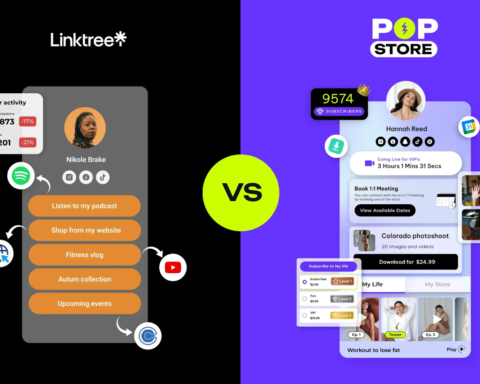Video content has been a crucial medium for entertainment, information, and personal expression for decades. From the early days of home videotapes to today’s viral social media clips, video content has continuously evolved to keep pace with technological advancements and shifting consumer preferences. This evolution has dramatically transformed the way we consume video, transitioning from long-form videos to bite-sized clips that cater to shorter attention spans and a more dynamic lifestyle.
The Era of Long-Form Video Content
In the early days of video, long-form content was the norm. Home videotapes, such as Video 8, VHS, and later on, DVDs, were popular mediums for personal and professional video content. Families would record special occasions, vacations, and milestones on these tapes, preserving memories in a tangible form. These videos, often spanning hours, were meant to be watched in a single sitting, offering a comprehensive view of events.
The transition from analog to digital technology opened up new possibilities for preserving cherished memories recorded on older formats. Video 8, in particular, was popular for personal recordings during the 1980s and 1990s because of its compact size and improved video quality. As these tapes began to degrade over time, many people started looking for ways to convert Video 8 to digital formats to prevent the loss of their valuable memories. Using a digital video conversion service, families could ensure that their recordings remained intact, easily shareable, and enjoyable in modern digital formats. This digitization process not only preserved the quality of the original footage but also made these memories compatible with contemporary platforms, allowing them to be accessed and cherished from anywhere in the world.
The Shift Towards Shorter Content
As technology evolved and internet speeds increased, the consumption habits of viewers began to change. The rise of social media platforms such as YouTube, Facebook, and Instagram marked a significant shift from traditional long-form videos to shorter, more engaging content. This trend was driven by several factors, including shorter attention spans, the convenience of mobile devices, and the desire for instant gratification.
Viewers no longer had the time or patience to sit through lengthy videos. They preferred content that was concise, engaging, and delivered quickly. This shift led to the popularity of short-form content, such as trailers, highlights, and quick tutorials, which provided valuable information or entertainment in a fraction of the time.
For more information,Free video edit click here: ai video generator
The Rise of Bite-Sized Clips
With the advent of platforms like TikTok, Snapchat, and Instagram Reels, bite-sized video clips have become the new norm. These clips, typically ranging from a few seconds to a minute in length, are designed to be easily digestible and highly engaging. The algorithms of these platforms prioritize videos that capture attention quickly, encouraging creators to deliver impactful content within the first few seconds.
Bite-sized clips cater to modern consumers who are constantly on the move, offering entertainment during brief moments of downtime. Whether it’s a quick laugh, a new dance trend, or a short educational snippet, these clips provide a satisfying video experience without demanding too much time from the viewer. The emphasis is on immediacy and virality, with content designed to be shared widely and quickly.
The Future of Video Content
The future of video content lies in further personalization and interactivity. As technology continues to advance, we can expect video content to become even more integrated into our daily lives. Virtual reality (VR) and augmented reality (AR) are likely to play a significant role, offering immersive video experiences that go beyond traditional viewing. Additionally, AI-driven recommendations will provide more tailored content, aligning with individual preferences and viewing habits.
There will also be a continuous demand for high-quality digital storage and preservation solutions. As we continue to produce and consume more video content, the need to archive and convert older formats into modern, easily accessible ones will grow. Services that offer digital video conversion will remain essential for individuals and businesses alike, ensuring that valuable memories and content are preserved for future generations.
Conclusion
The evolution of video content from long-form home videos to bite-sized clips reflects broader changes in technology and consumer behavior. While long-form content allows for in-depth storytelling and memory preservation, the shift towards shorter, more engaging clips caters to the fast-paced nature of modern life. As we move forward, the challenge will be to balance the depth of long-form content with the convenience and engagement of short-form clips, leveraging new technologies to enhance the video experience.
In this rapidly changing landscape, the ability to convert older video formats to digital remains a crucial service. By using a reliable digital video conversion service, individuals can ensure their cherished memories remain a part of the ever-evolving tapestry of video content, ready to be relieved and enjoyed in the digital age.
Keep up-to-date with breaking news and updates on essentialtribune








